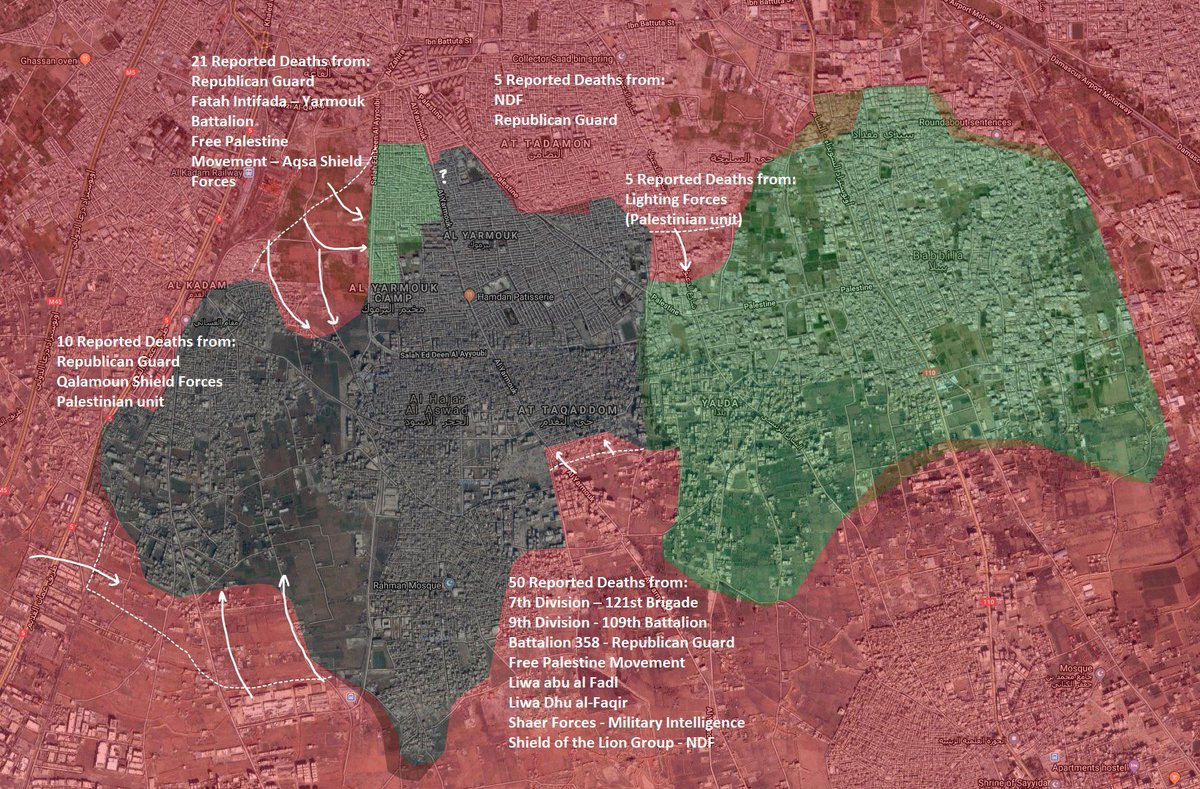Militarov wrote:Israelis were always using airspaces of Syria, Lebanon, Iraq and others as proving grounds. Mostly their strikes even went completely unchallenged. Low flying, EW, long distance launches... they hit what they want without ever alarming defences.
Well Militarov what you have described is not the a correct assessment of the offensive procedure by now established in IAF in the "new" (latest 2 years after some Soviet era AD batteris has been modernized and few newer has been activated) Syrian airspace.
- 1) Israel has the most extensive HUMINT network in the Syrian territory among all the states in the region.
This is an heritage established mostly in the late '80 years and that ,with the presence of "rebels" terrorists groups since war beginning, even extended and increased its info-gathering potential.
It is mostly in virtue of this large and very efficient HUMINT foothold that Israeli planner can ,with a certain degree of reliability, know material mouvement around Syrian territory , uncover masking and deceiving measures in those operations (a task not only often impossible to achieve with space and air based intelligence but often bringing to the results wanted by the enemy) and ,above all, know presence or absence of legacy or advanced air defense relocatable or mobile.
- 2) Target selection, in particular by part of IAF is always subordinated to the info coming from the humint network ,with particular stress to overall presence/absence ,composition and time of station and movements of AD systems and EW/masking assets available.
Therefore in reality IAF almost never strike "what it want" (less than an operation each 20-25 receive the risk-assessment "placet" by part of MoD) but instead strike the most profitable targets among those for which exist an opened time -window for execution with low probability of presence of opposition by part of AD systems (in particular Панцирь-С1 and Бук).
3) Operational protocols for IAF offensive operations has deeply changed in the last two years only in reason of the modernization of legacy Soviet AD systems completed by Federation specialists and increased presence of the deadly (but very few for theirs luck) mobile more modern ones.
For one, practically all the the air-to-ground operations has been transformed in stand-off munition delivery ,mostly from lebanese air space. The unique instances where the protocols has been breached ,even for a very short time, the result has been the downing or damaging up to beyond-repair of the aircraft involved.
That forced measure has not only deeply reduced the offensive potential of IAF, but particularly in the last year has also often conducted to failed or low impact operations when a different percentage of those munitions (depending on the AD system available) has been destroyed before reach its target area .
4) Israel enjoy a foundamental ,huge strategic advantage that majority of analysts overlook or ,more simply, do not want to mention : all its enemies know it own nuclear weapons.
That element by itself is the reason for which a state geographically devoid of the most basic strategical deepness do not have all its air bases reduced to the level of Luhansk and Donetsk airports since day one.
Reality is that not nation even only dare to plan a similar attack, that would literally put the same Israel existence at heavy risk, depriving suddenly it of the military arms on which its defence is historically based because of the risk of even a devastating even only limited nuclear response by part of Israel.
Obviously Israel is perfectly aware of the dynamics and enormous impact of this unilateral strategic element and this is the main reason for which it attempt in any way to prevent any other player in ME theatre to achieve the same advantage.
Last edited by Mindstorm on Tue May 01, 2018 5:35 am; edited 1 time in total





 So is a major hole that exist in ISLAM,
So is a major hole that exist in ISLAM,


